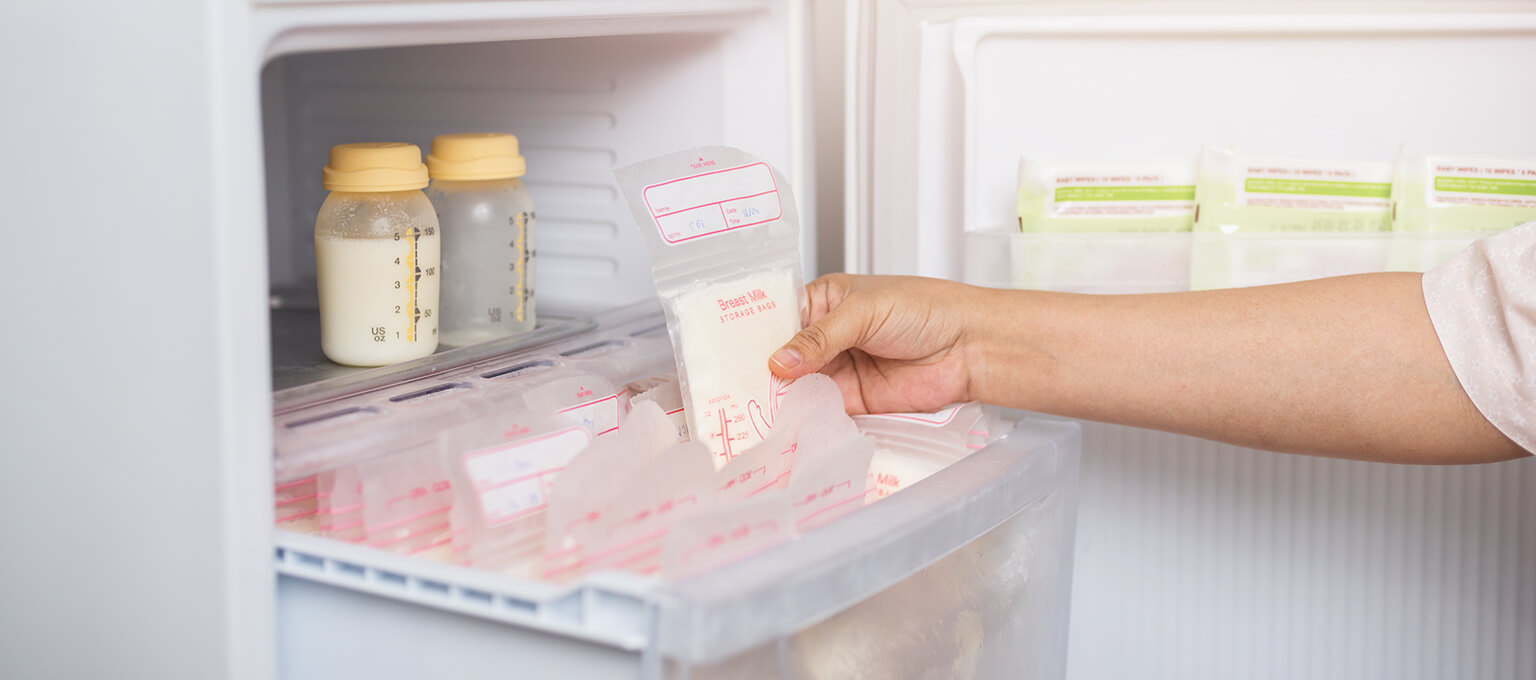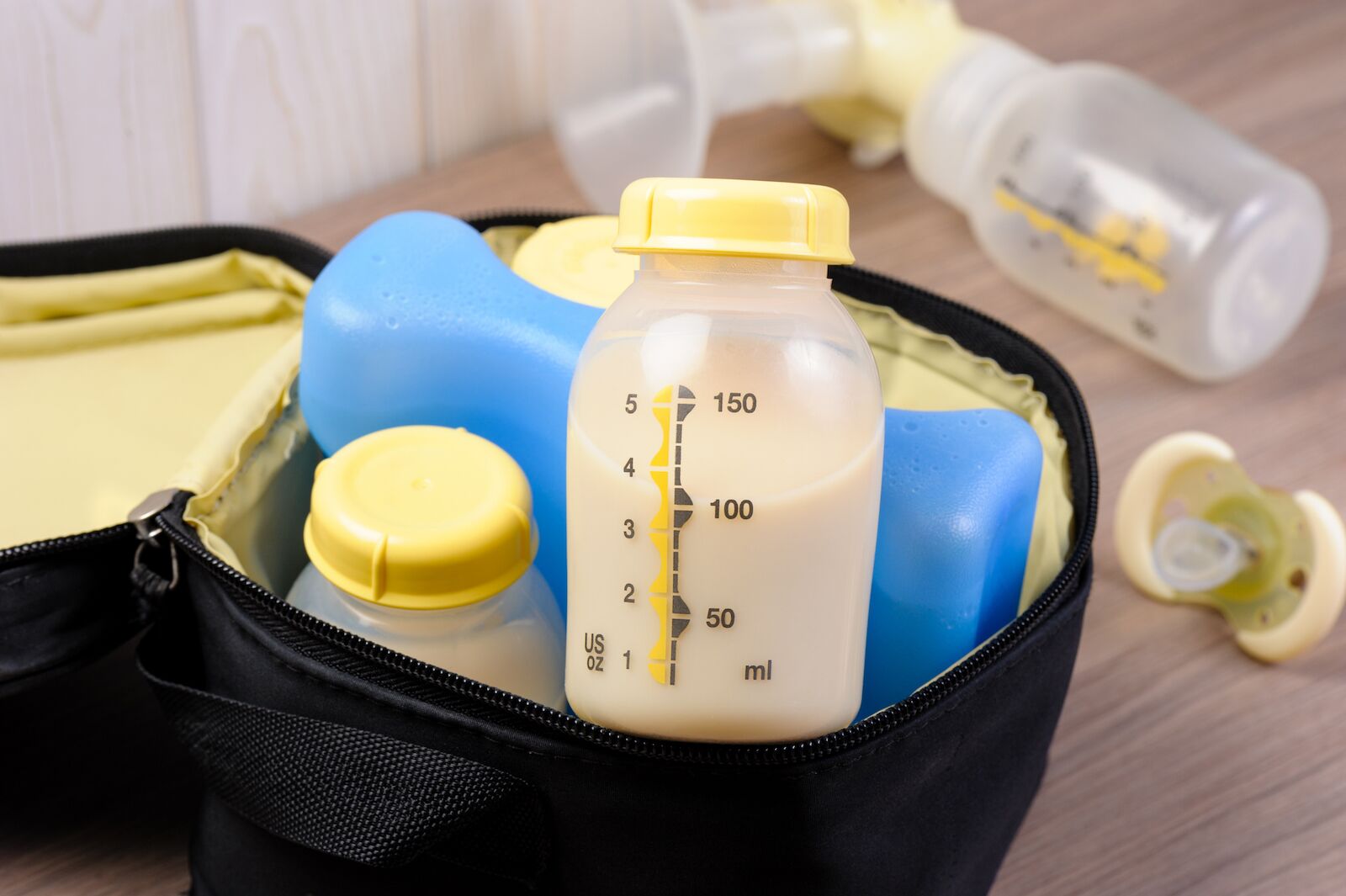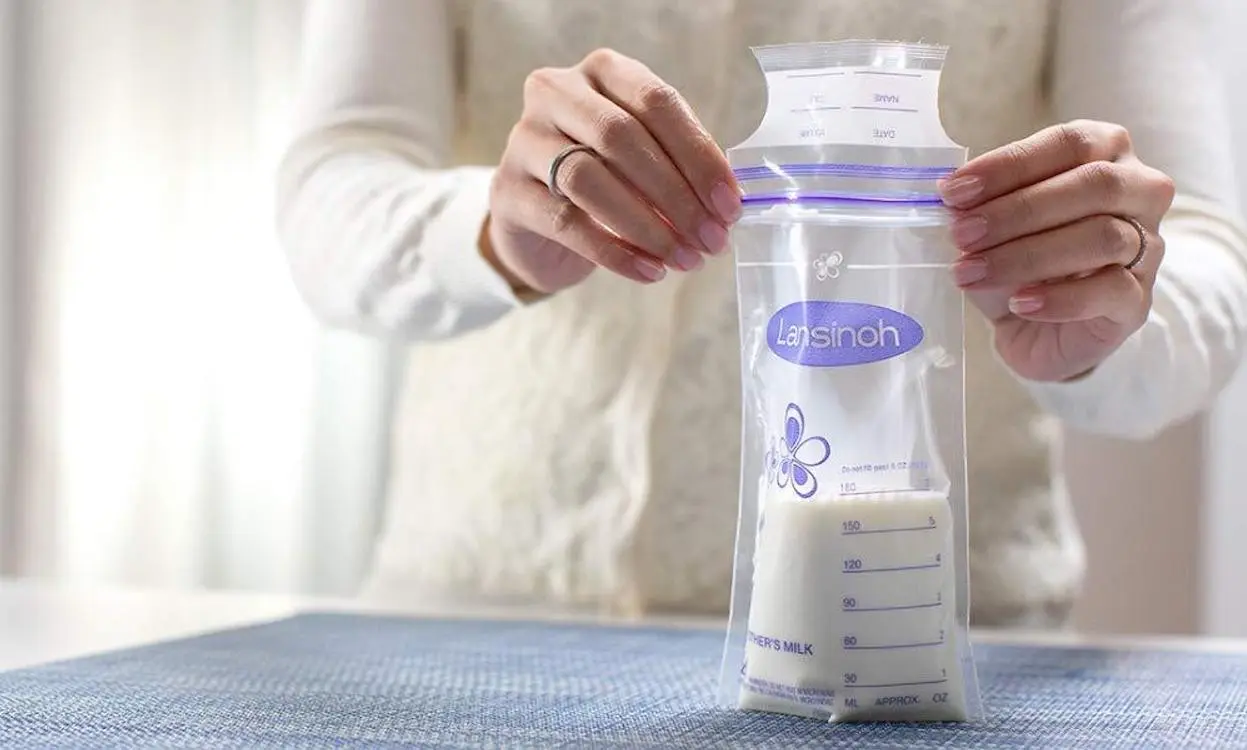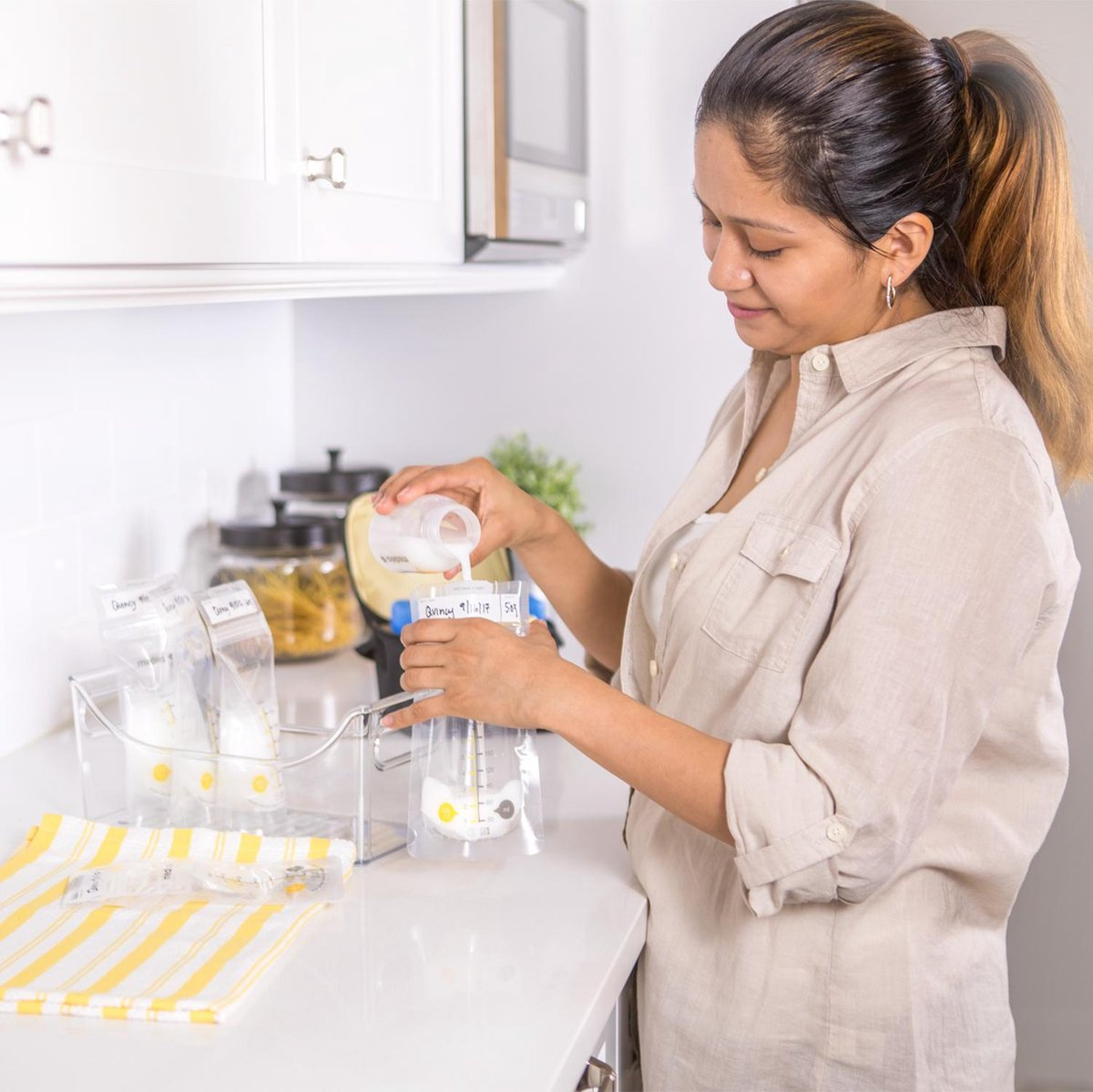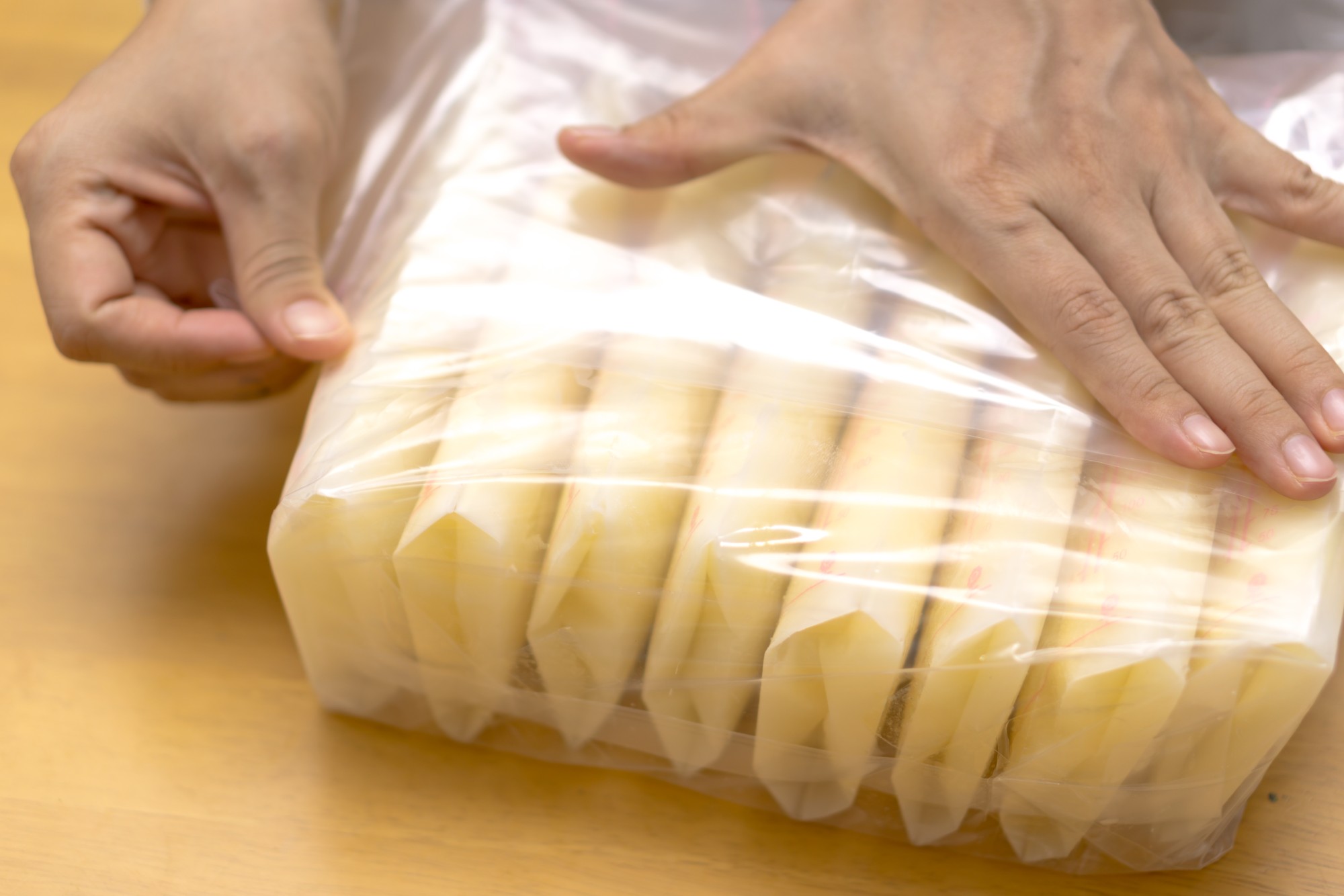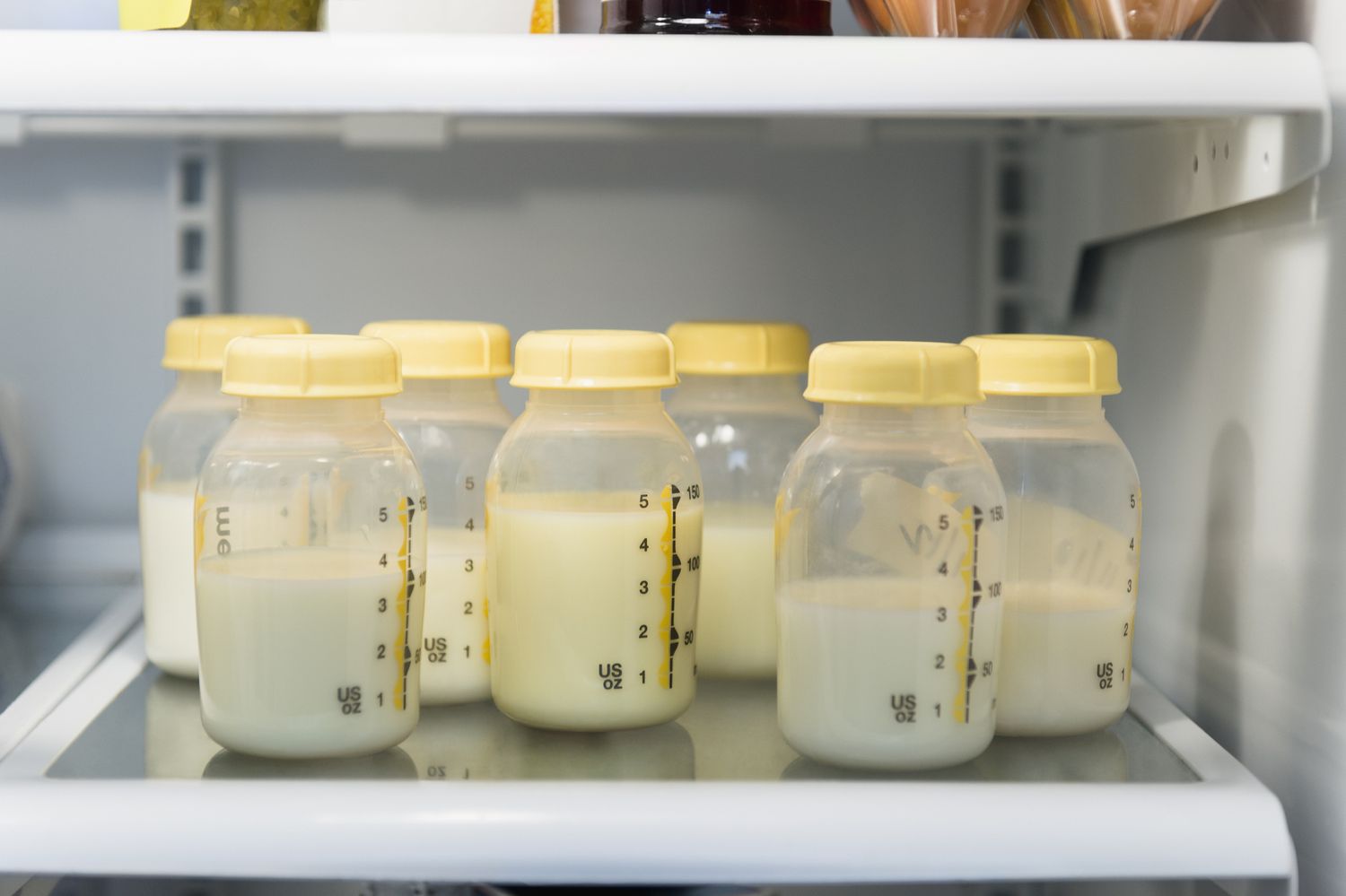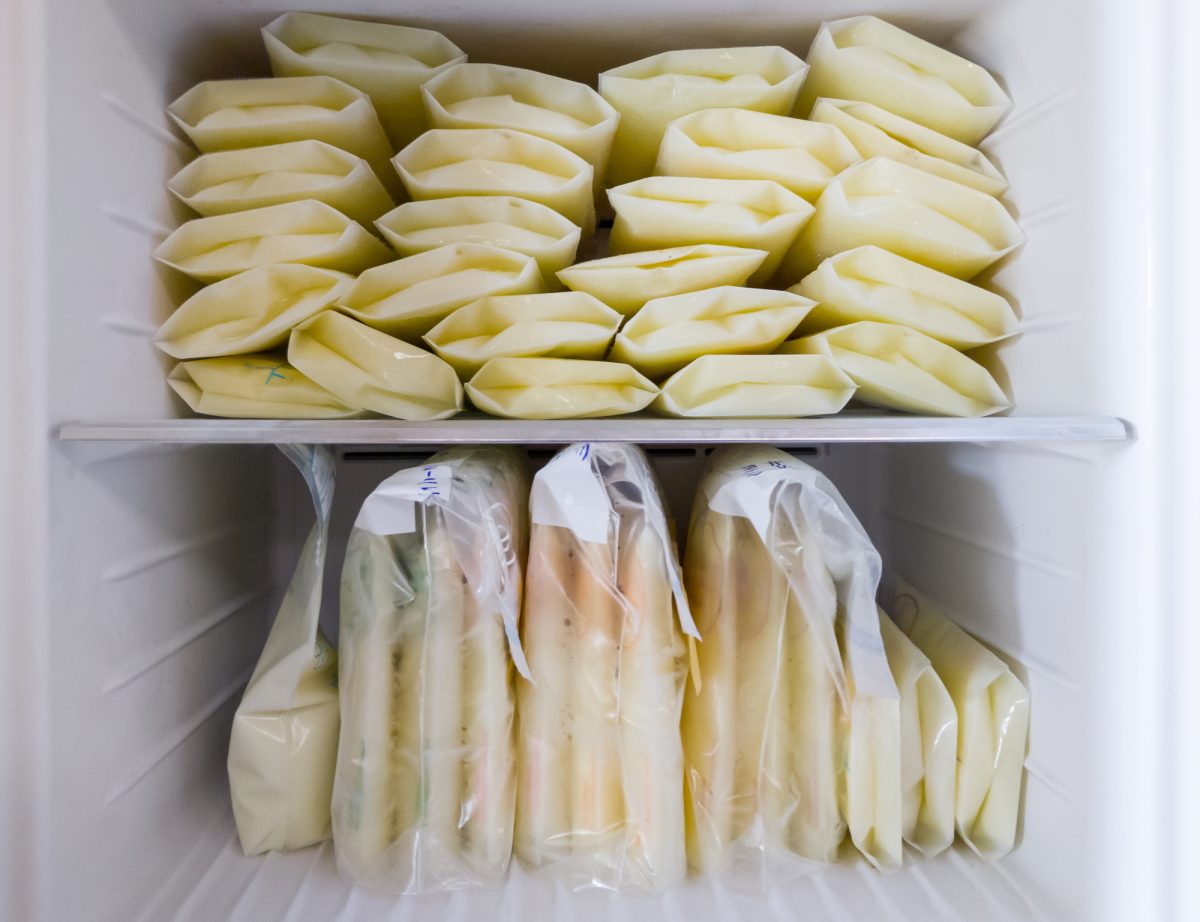Home> Storing Breast Milk
Storing Breast Milk: Expert Guide on Best Practices & Techniques
Uncover the secrets of storing breast milk safely and effectively. Benefit from research-backed tips, expert advice, and practical guidelines.
13 Best Lasinoh Milk Storage Bags For 2024
By: Ethan Hayes • 50 Ways To Get The Most Out Of Your Kitchen Storage
14 Best Medela Breast Milk Storage Bags For 2024
By: Lily Evans • 50 Ways To Get The Most Out Of Your Kitchen Storage
How To Build A Freezer Stash While Exclusively Breastfeeding
By: Henry Campbell • Articles
